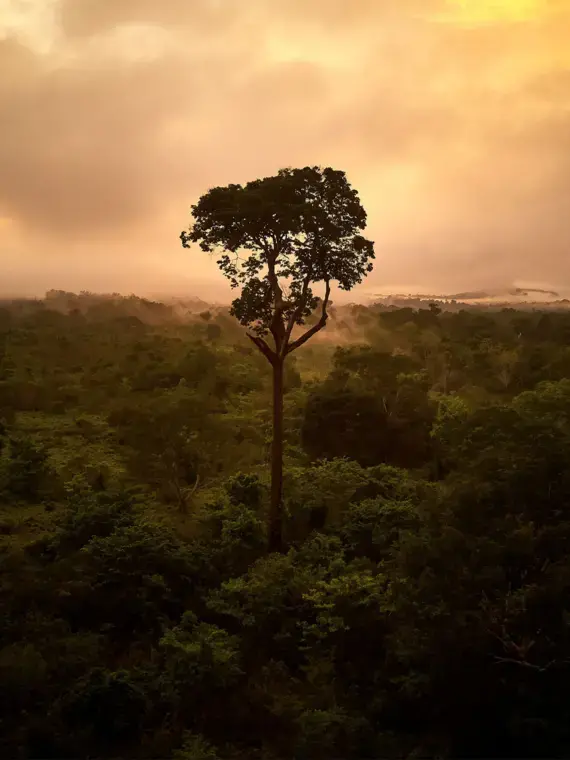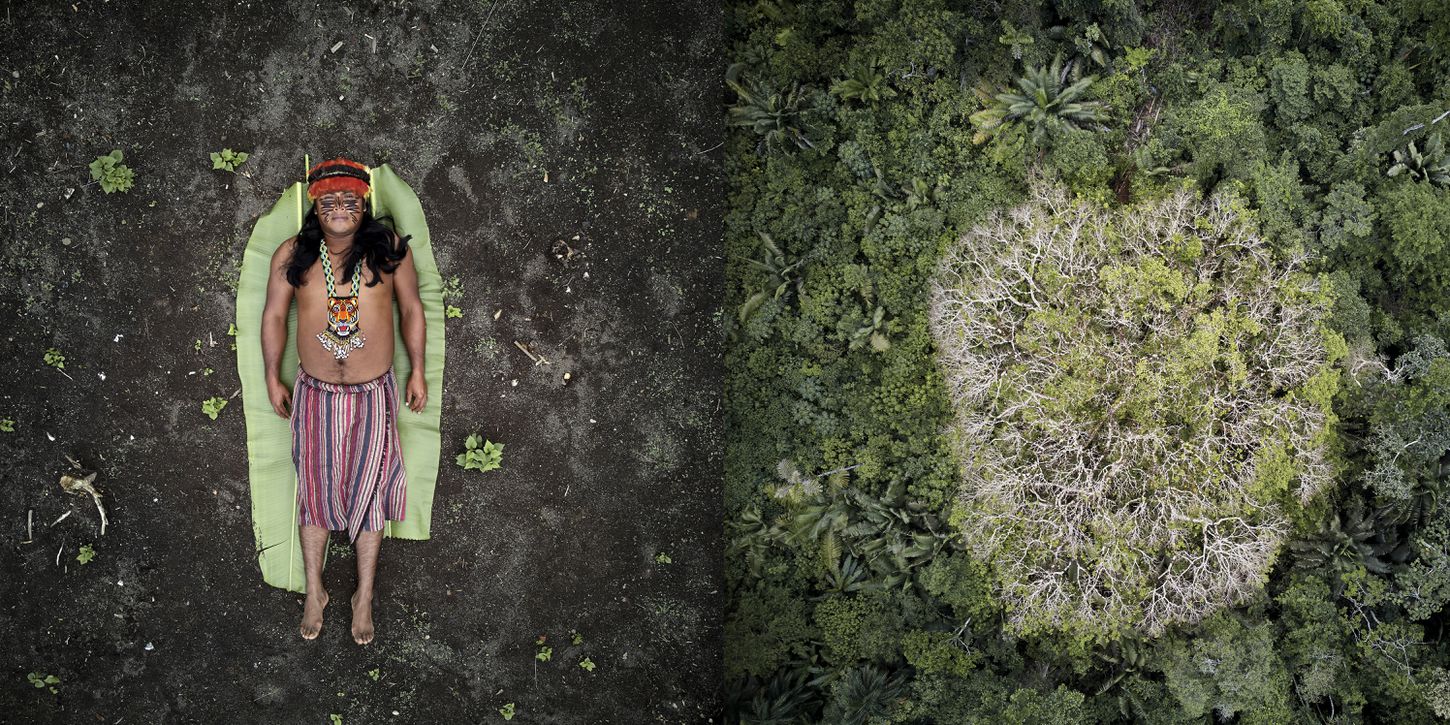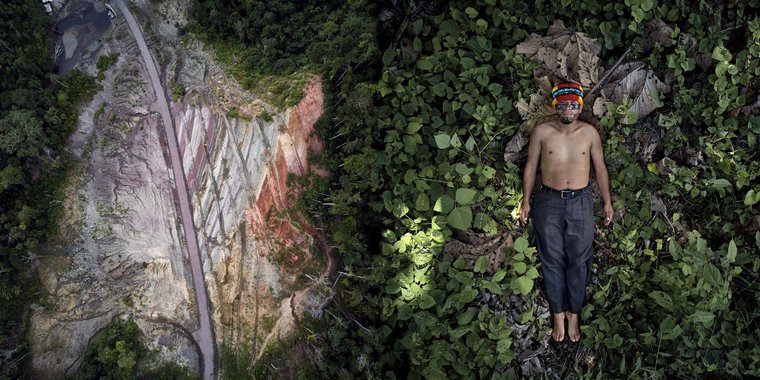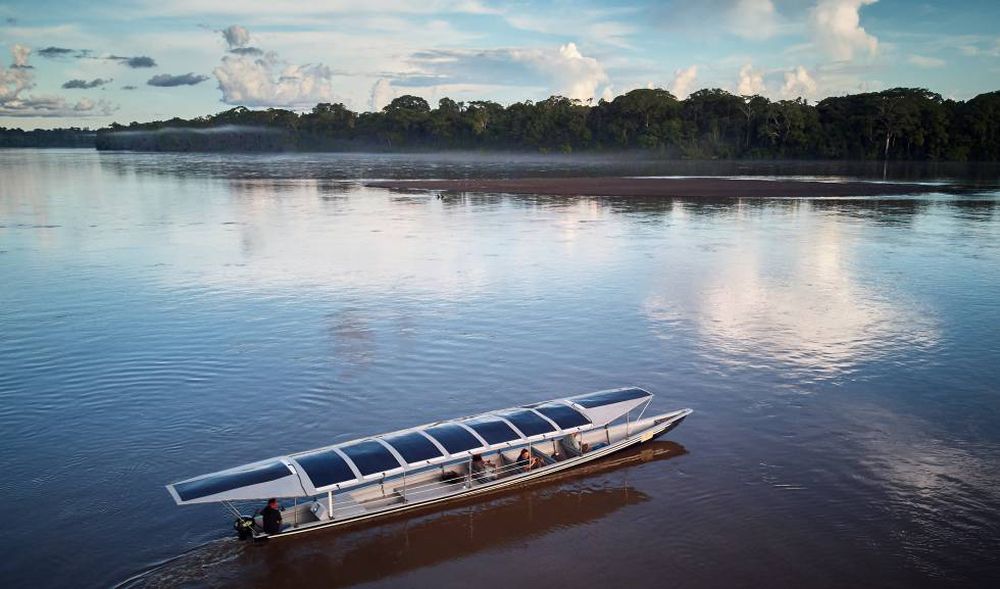The Rainforest Defenders' first five episodes have been able to grasp the courage of young Brazilian activists to defend their territory from many overwhelming threats with such emotion and determination that, combined with innovative narrative and creative storytelling, their stories have traveled worldwide.
Building on this success and the lessons learned along the process, we are bringing this series to the whole Amazon rainforest, starting at the remote Achuar territory in the Ecuadorian Amazon.
With this project, we will bring this idea to the next stage by telling three new stories that will become episodes six, seven, and eight of our Rainforest Defenders Series.
In close collaboration with the local communities, and thanks to young activists like Juanma and Oliver, who have been working in the region for years, our three new episodes will feature the stories of Julian, Nantu, and Santa.
Julian is a leader from the community of Copataza, the gateway into a vast roadless territory. He is creating a team that uses collective cartographic strategies to help their territorial defense against the many threats that come with the invasive road.
Young Nantu defends his territory against the pressure of extractivism by making the communities less dependent on fossil fuels and better connected, working to connect nine Achuar communities along 67 kilometers in two large Amazonian rivers, using only the energy from the sun.
Deep in the Ecuadorian rainforest, Veronika has witnessed how many indigenous women, including her mother and sisters, have been mistreated by men, and does not want that for her. She has decided to fight for a better life in her community and joined a project to help women to become healthy mothers and avoid the perils of unchecked labour. By combining ancestral and modern medicine, Vero helps young mothers in Sharamentsa to have a healthy pregnancy, a safer child delivery process and to become empowered members of her community, able to raise their voices. It is her way of fighting for a better future of the rainforest.
All three stories will show how relatively isolated Indigenous peoples are acting effectively to protect their territory and thus protect their environmental treasure and rich biodiversity, and how they are able to combine technology and ancestral knowledge to foster a creative and alternative way to preservation and survival in spite of the many threats of violation and destruction they are facing.










